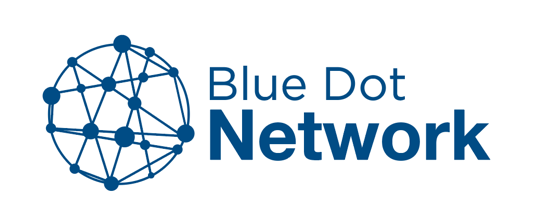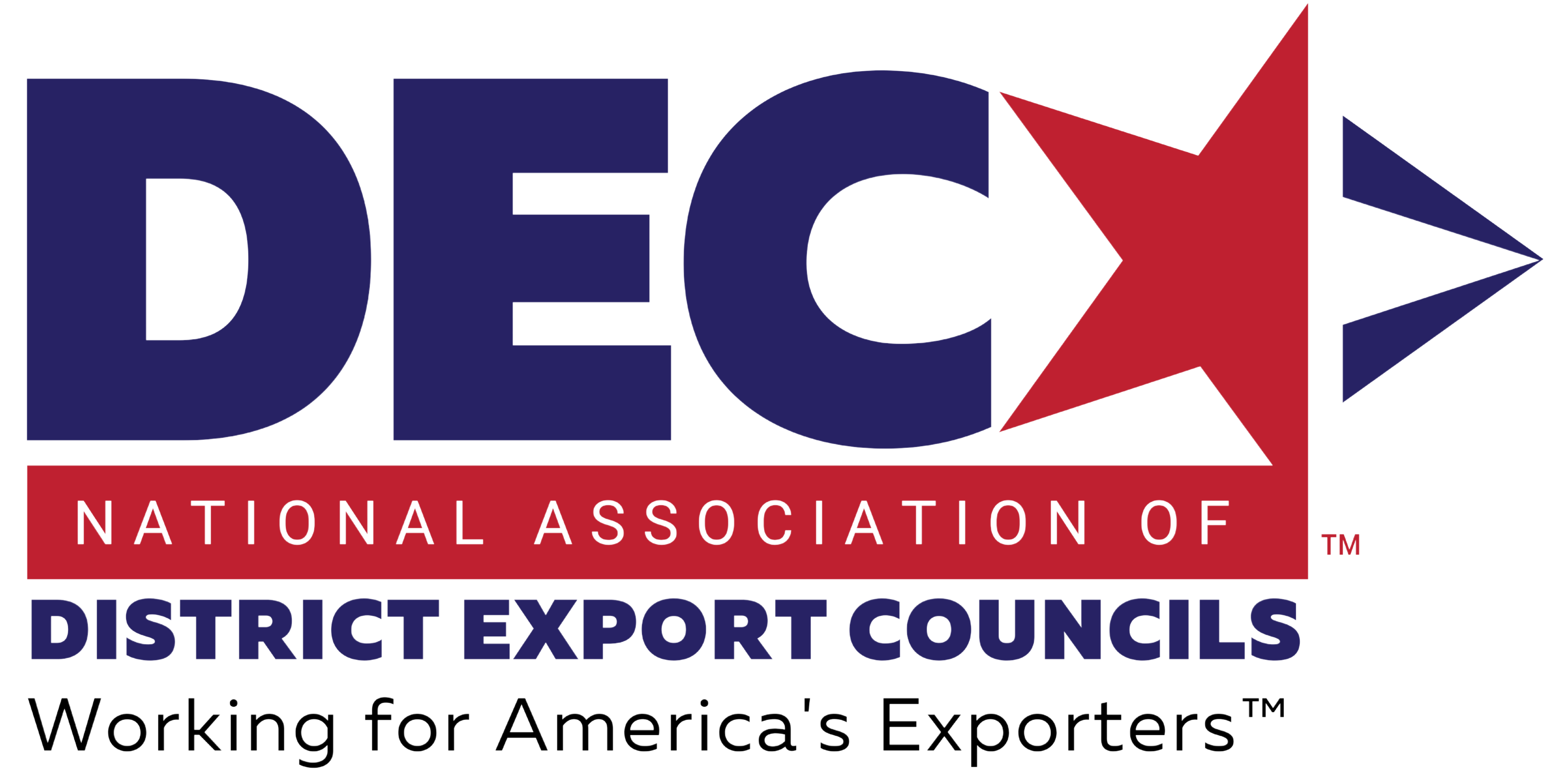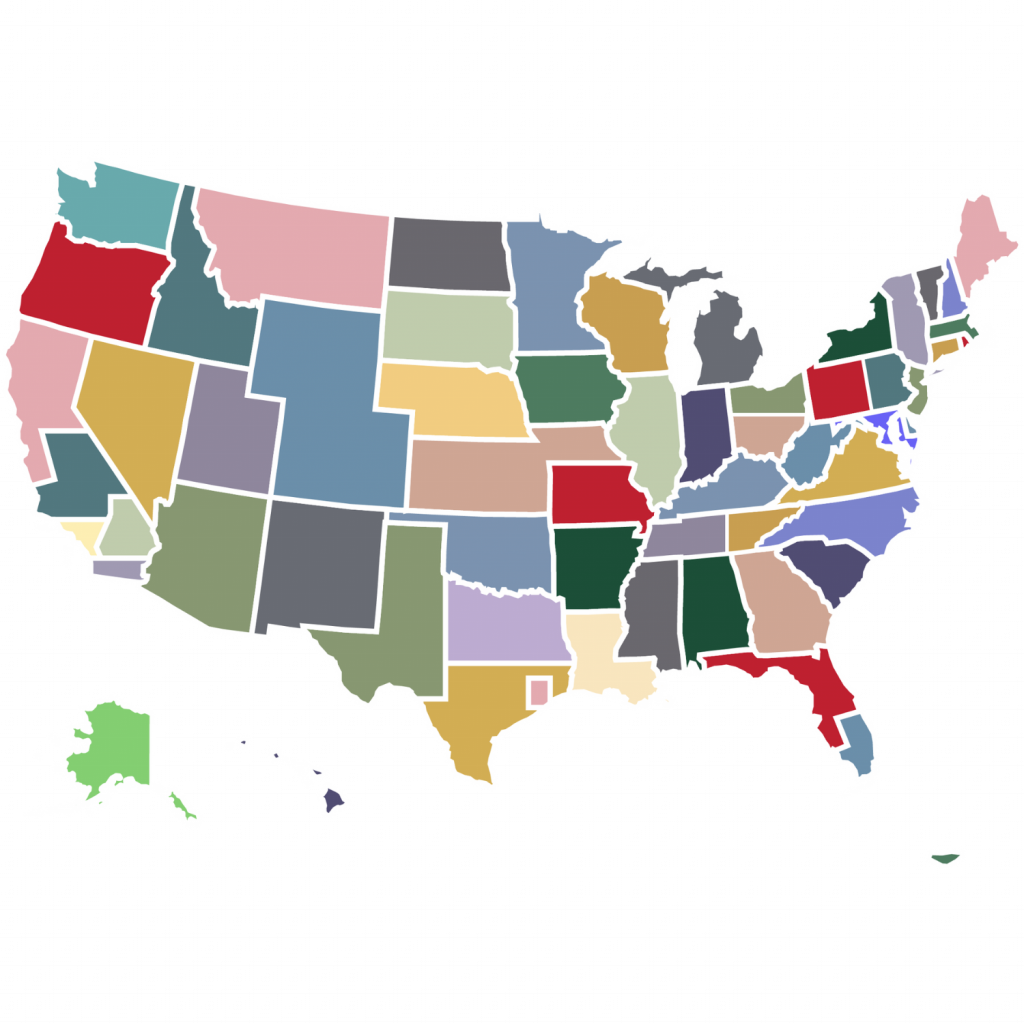
During the height of the contentious Kavanaugh Supreme Court confirmation hearings in the early Fall of 2018, Congress passed The Build Act, which set up the new International Development Finance Corporation (“DFC”) with an initial $60 billion in funding by an overwhelming bipartisan vote. The stated purpose of this new funding agency was to enable the U.S. to provide a more robust response to China’s Belt & Road Initiative which now includes some 152 countries globally. The new DFC was comprised of the former Overseas Private Investment Corporation (OPIC) and parts of U.S. AID. It was given additional funding flexibility (beyond that previously found in U.S. government lending entities like the EXIM Bank) which, among other things, enabled the DFC to take equity positions in projects and fund non-U.S. borrowers (U.S. borrowers were given a preference) as well as “crowd-in” private investors and lenders. Congress was rather direct as to the DFC’s purpose: provide a competitive alternative to China’s predatory lending and finance programs. The DFC is now getting underway but it is solely a U.S. effort.
Just this past December of 2019, the EXIM Bank, which up until then, had basically been on life support, was reauthorized by Congress and is now back in the game assisting in the finance of U.S. exporters.
Both the EXIM Bank and the new DFC are purely American institutions, and while assisting the private sector in getting out and competing internationally, neither institution has the capability of coming anywhere close to meeting the $94 trillion in global infrastructure development needs over the next two decades or even to go head-to-head with China’s ambitious Belt & Road Initiative (BRI). In order to make meaningful headway, the U.S. needed to look to the potential synergy of including other like-minded allies and countries. An effort was then initiated by the United States and two of its allies to promote high quality global infrastructure: the Blue Dot Network (BDN).
In November of 2019 at the Indo-Pacific Business Forum in Thailand, the BDN was unveiled by the United States, Japan, and Australia. Together, the aim of these three allies is to certify infrastructure projects around the world that meet high standards of transparency, sustainability, and developmental impact. They seek to accomplish for “quality infrastructure” what Leadership in Energy and Environmental Design (LEED) has accomplished with energy efficiency in buildings or the Forest Stewardship Council has accomplished with certified logging. In doing so, they hope to give private investors the confidence to help meet the world’s pressing infrastructure needs but only as to “certified projects.”
Note that the BDN is not intended to be a “financing” but rather a “certification” entity. Together, the three allies plan to certify global infrastructure projects around the world (not just in their own “backyard,” the Indo-Pacific Region) that meet high standards of transparency, sustainability, and developmental impact. The aim is to give private investors – including U.S. pension funds and insurance companies, which together manage trillions of dollars of long-term assets – the confidence to jump in and help address the massive global need for infrastructure development.
This certification process will not be at warp speed, nor will it be cheap. It will need to be rigorous enough to persuade private sector investors to put their money into riskier places. Creating a complex, multidimensional “quality” standard will require a negotiation among engineers, builders, architects, procurement officials, financiers of projects, rating agencies, and perhaps other stakeholders. These stakeholders will bring their own views, and reaching agreement will require intensive discussions and negotiations, likely lasting a couple of years.
The concept behind the “certification” as a BDN project is to then mobilize private capital. That is central to the BDN’s purpose. Governments alone cannot meet the huge need for infrastructure in the Indo-Pacific region nor around the world. But they can help mitigate some of the risks that are endemic in infrastructure investment. These include environmental, social, health, and safety risks; inflation, foreign exchange, and other macroeconomic risks; and contract disputes, weak rule of law, and other legal and political risks. If governments can reduce some of these risks by providing a kind of Good Housekeeping “seal of approval” on good projects and putting some of their own skin in the game – including taking equity in these projects – this may encourage private capital to come in along with the exporters of goods and services necessary to complete the project.
As they say, “the devil is in the details,” and there many, many to be ironed out including the inclusiveness issue of other countries as potential participants, including China.
David F. Day, Co-Chair, NADEC Trade Policy Committee































































